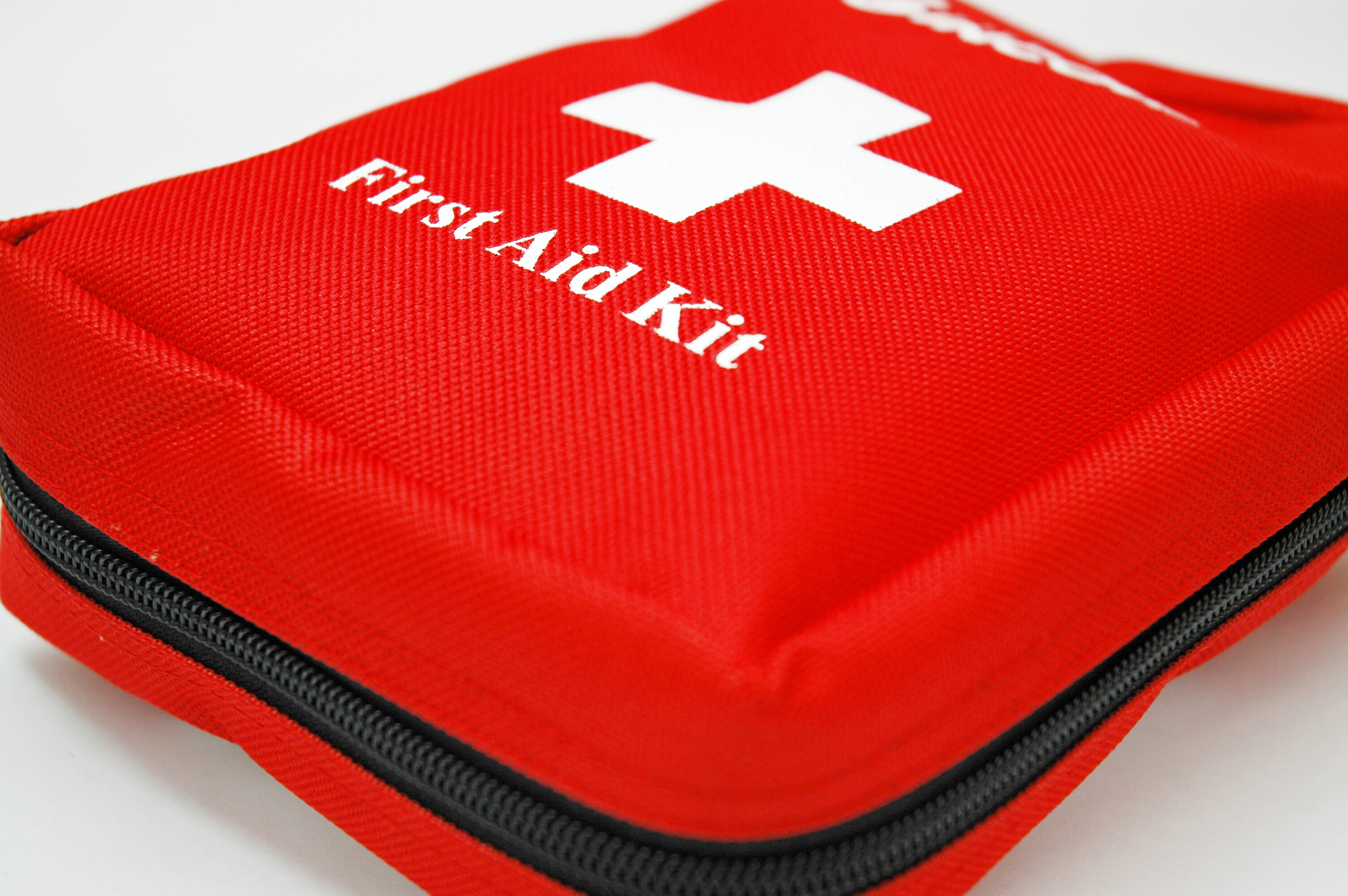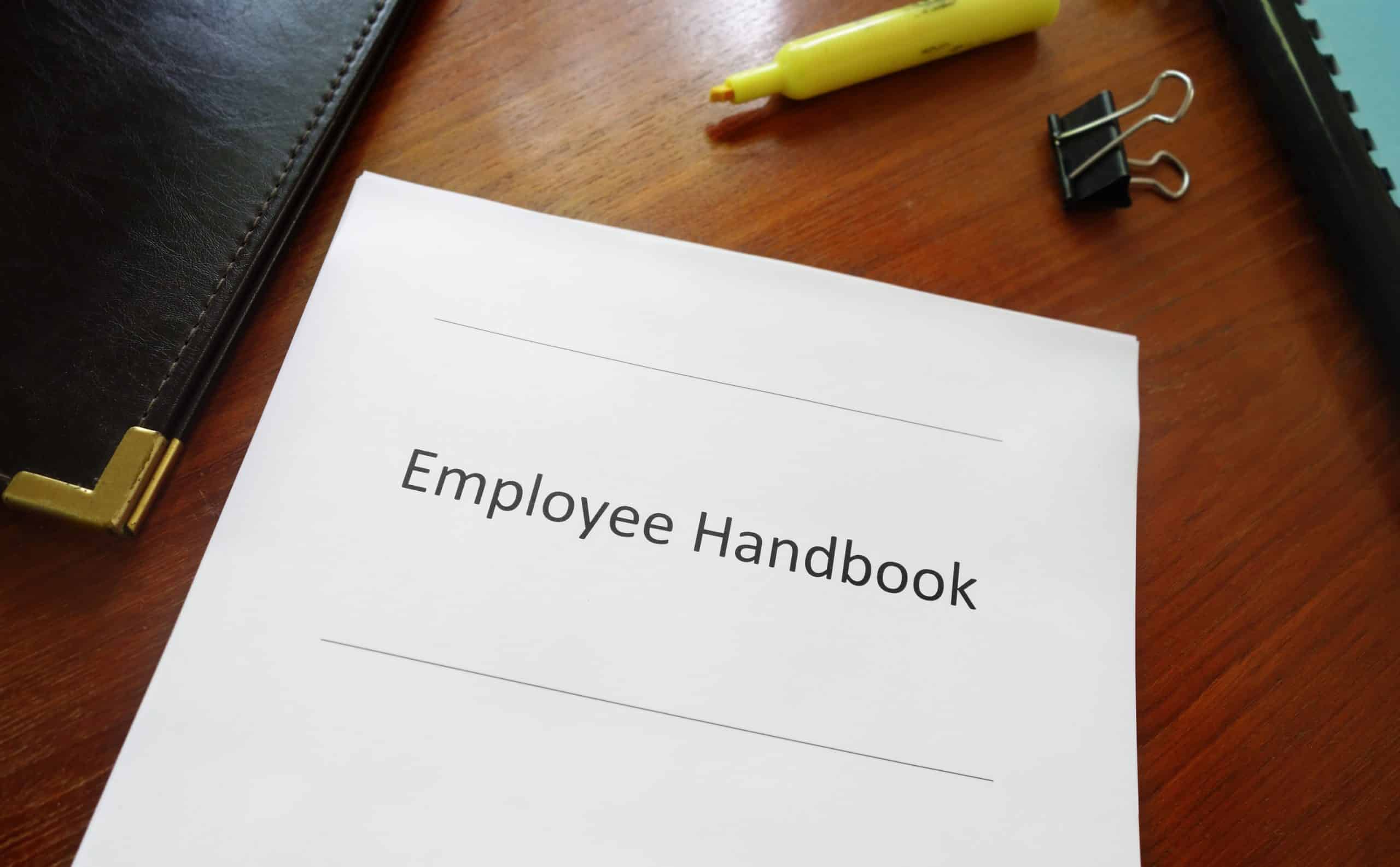Key Practices to Keep the Workplace Safe
In 1970, when Richard Nixon signed the Occupational Safety and Health Act into law, an estimated 14,000 workers were killed on the job every year. Fifty years later, that number is down to 5,333, but safety in the workplace remains a paramount concern, and not only because we’re struggling through a pandemic.
We’ve broadened our knowledge of what dangers threaten the workplace and what strategies are best suited to promote organizational health. We better understand the psychological effects of stress, the damage caused by harassment, and harmful consequences of inequality. And we know how to mitigate these risks more effectively.
As you work to keep your workplace safe, consider implementing the following practices:
- Create and issue a written safety policy for employees to read and acknowledge. Employees should know that they will be held accountable to the policy and can be disciplined regardless of whether they sign it.
- Provide employees with a form (either paper or digital) so they can document and report their safety concerns. This promotes employee involvement in proactive safety assessments of the workplace. For this practice to work, employees need to feel comfortable raising concerns and confident those concerns will be addressed. You can make the submission process anonymous to increase the likelihood that it is used.
- Do not create safety incentive programs or reward employees when there are no reported incidents, as these rewards can encourage employees to keep safety violations hidden.
- Investigate all health and safety concerns, even if no one has made an official complaint.
- Provide paid sick leave and make requesting leave hassle-free. When sick employees are worried about a smaller paycheck or are required to find a substitute to cover their shift, they may feel pressured to come in to work while infectious, putting colleagues and customers at risk.
- Quickly and thoroughly address instances of sexism, racism, and other forms of inequality and discrimination.
- Promote psychological safety by taking steps to ensure people feel safe to speak up about their concerns.
- Give employees permission and time to rest and recharge. When a workplace situation causes someone to have a fight-or-flight response, it may be best for them to step away from the situation before they say or do something they may regret or that causes more harm. Make sure employees know that they can remove themselves from an overly stressful situation, without punishment or retaliation.
- Forward OSHA’s QuickTakes online newsletter to employees.
- Offer monthly 10-minute safety or wellness trainings. Trainings could be on anything from how to get a good night’s sleep to safe driving techniques. Promote employee involvement by asking various employees to facilitate them.
- Talk to your workers’ compensation carrier. You can get good safety tips, trainings, and ideas from them, and you may be able to get write-offs. Like you, they want to keep costs down, so they’ll likely appreciate your efforts to make safety a priority and do what they can to help.
Have any questions about this communication? Our team of HR Professionals is ready to help you.
Content provided by Ahola’s HR Support Center







Reply a Comment